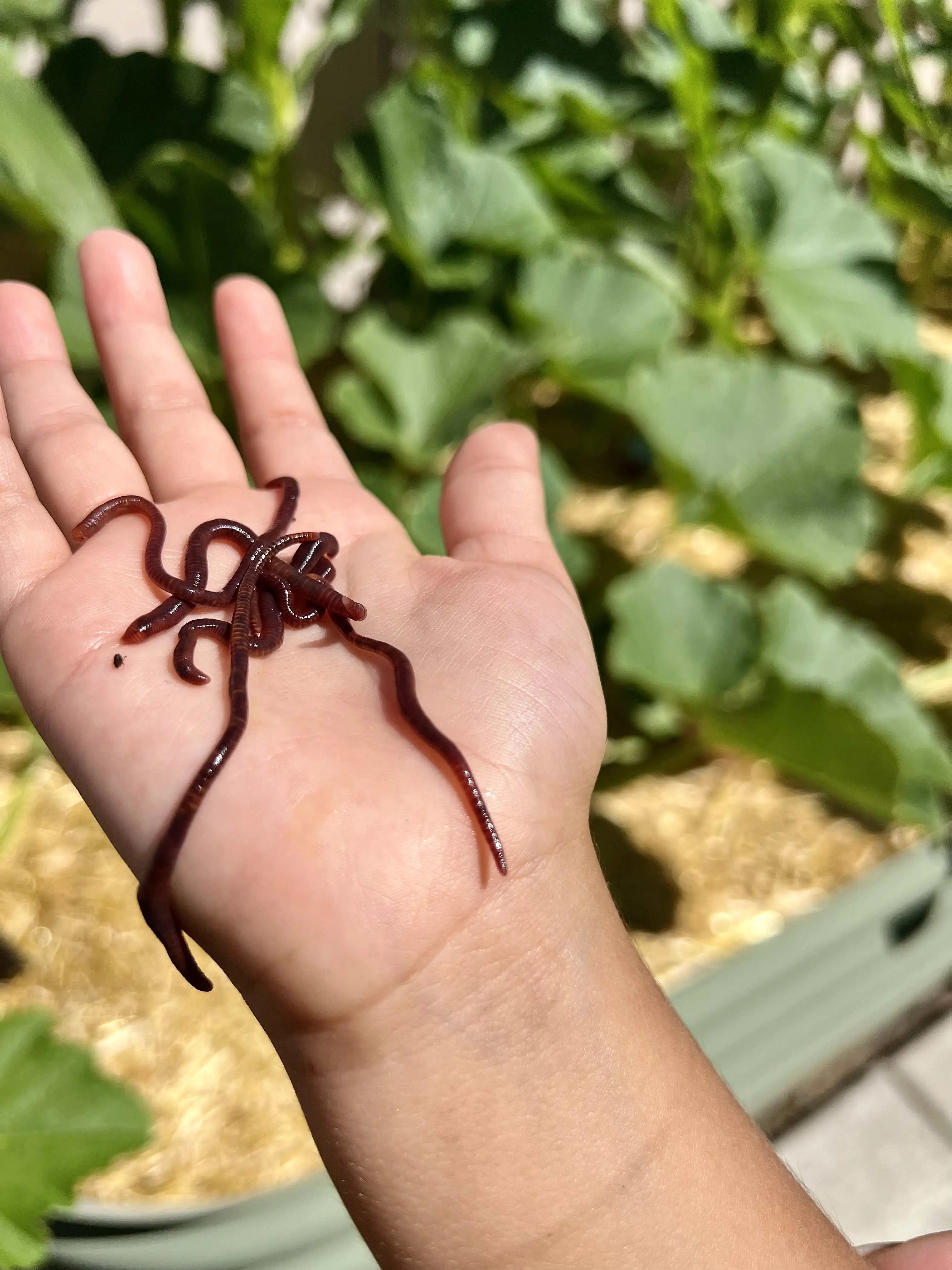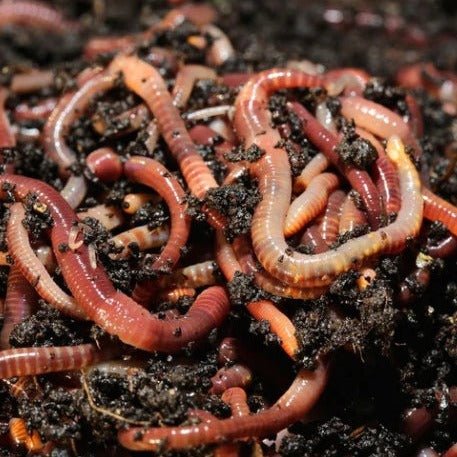Red Wiggler Express: A Trusted Source for Reliable Worms and Bait
Red Wiggler Express: A Trusted Source for Reliable Worms and Bait
Blog Article
Red Wigglers: The Unsung Heroes of Organic Waste Recycling
Red wigglers, or Eisenia fetida, serve as essential agents in the natural waste recycling procedure, transforming thrown out products into valuable vermicompost. As the globe increasingly seeks solutions to fight waste buildup and enhance agricultural productivity, comprehending the role of these worms ends up being vital.
What Are Red Wigglers?
The exceptional durability of red wigglers, clinically called Eisenia fetida, emphasizes their critical role in natural waste recycling. These little, reddish-brown earthworms are generally located in decaying natural issue, such as compost heap and manure stacks. Lake Hickory Bait. Unlike other earthworm species, red wigglers thrive in nutrient-rich settings and are highly efficient at damaging down organic products, making them important for vermicomposting

(Lake Hickory Bait)In enhancement to their duty in waste decrease, red wigglers add to soil health by boosting soil framework and oygenation via their burrowing tasks (Lake Hickory Bait). Their presence in composting systems not only boosts decomposition prices yet also advertises a sustainable approach to waste monitoring, highlighting their significance in environmental preservation efforts
Advantages of Composting With Worms
Composting with worms, particularly red wigglers, provides numerous advantages that improve both waste management and soil health. These worms effectively damage down organic waste, transforming it right into nutrient-rich vermicompost that improves dirt. This process increases decay, allowing for a quicker recycling of kitchen area scraps and other organic materials contrasted to typical composting techniques.
Additionally, the vermicompost created by red wigglers is including advantageous bacteria, which assist boost soil structure, aeration, and dampness retention. This improves the total wellness of plants, promoting energetic development and boosted yields in gardens and agricultural setups. Additionally, the usage of worms in composting minimizes the manufacturing of greenhouse gases, such as methane, adding to an extra lasting waste management system.

How to Beginning Vermicomposting
Establishing a vermicomposting system is a straightforward process that can yield substantial benefits for both waste administration and dirt enrichment. To begin, pick a suitable container, such as a plastic bin or wooden box, with ample air flow holes to ensure appropriate airflow. The measurements ought to ideally be about 2 feet by 3 feet, permitting ample space for the worms to flourish.
Following, prepare bedding material, which can contain shredded newspaper, cardboard, or coconut coir. This bed linens must be moistened to produce an ideal habitat for the worms. Once the bedding is in place, introduce red wigglers (Eisenia fetida) into the container, generally around one extra pound of worms for each square foot of surface location.
Complying with the placement of worms, include organic waste, such as fruit and vegetable scraps, coffee premises, and crushed eggshells. With these steps, you will properly start a vermicomposting system that adds to sustainable waste monitoring and improves your dirt.
Preserving a Healthy And Balanced Worm Container
(Lake Rhodhiss Bait)Keeping a worm container flourishing needs routine interest and treatment to make certain the wellness of the red wigglers and the effectiveness of the composting procedure. Correct maintenance begins with keeping track of the moisture degrees; the bin must perspire however not saturated. An excellent guideline is to preserve a consistency similar to a wrung-out sponge.
Aeration is essential. Delicately mixing the bedding and food scraps every couple of Lake Hickory Bait weeks protects against compaction and makes certain that all worms have access to oxygen. In addition, it is necessary to feed the worms properly. A balanced diet plan of vegetables and fruit scraps, coffee premises, and crushed eggshells must be provided in small amounts to stay clear of overfeeding, which can cause odors and insects.
If the bin ends up being too warm or chilly, the worms might become worried. By carefully managing these aspects, one can keep a durable and effective worm container.
Effect On Lasting Living
The effective maintenance of a worm container not just benefits the health and wellness of red wigglers yet additionally contributes substantially to sustainable living methods. By recycling organic waste, such as cooking area scraps and lawn debris, red wigglers assist divert considerable quantities of product from land fills. This decrease in waste not just decreases greenhouse gas discharges however also lessens the environmental worry connected with waste administration.
In addition, the spreadings created by red wigglers function as a nutrient-rich organic fertilizer, improving dirt health and wellness and promoting plant development. This natural option to chemical plant foods sustains sustainable agriculture and horticulture techniques, lowering reliance on synthetic inputs that can hurt environments. Additionally, worm composting fosters awareness of waste monitoring, encouraging people and neighborhoods to embrace more sustainable habits.

Verdict
In summary, red wigglers serve as vital contributors to natural waste recycling through their reliable decomposition of natural materials. By integrating vermicomposting right into waste management techniques, people and communities can substantially decrease waste while promoting environmental sustainability.
Report this page